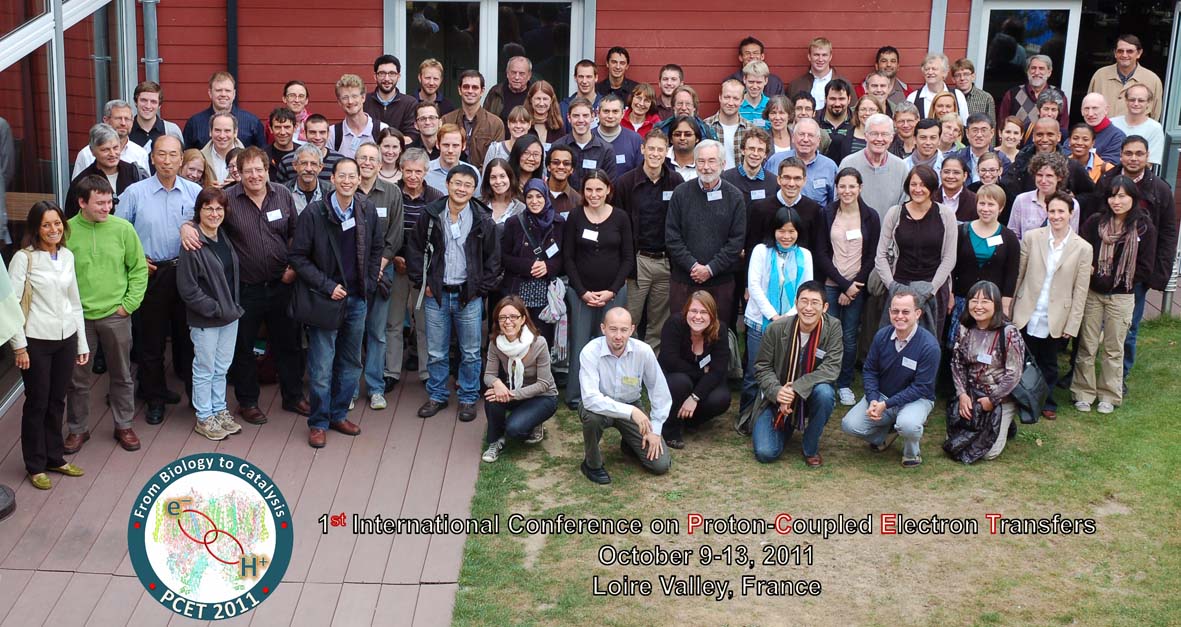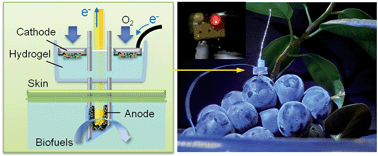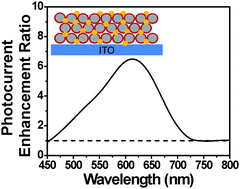Top 25 most-read Energy & Environmental Science articles for Q2
Low-platinum and platinum-free catalysts for the oxygen reduction reaction at fuel cell cathodes
Adina Morozan, Bruno Jousselme and Serge Palacin
DOI: 10.1039/C0EE00601G
Review of solutions to global warming, air pollution, and energy security
Mark Z. Jacobson
DOI: 10.1039/B809990C
Graphene based new energy materials
Yiqing Sun, Qiong Wu and Gaoquan Shi
DOI: 10.1039/C0EE00683A
Highly active cobalt phosphate and borate based oxygen evolving catalysts operating in neutral and natural waters
Arthur J. Esswein, Yogesh Surendranath, Steven Y. Reece and Daniel G. Nocera
DOI: 10.1039/C0EE00518E
Organic tandem solar cells: A review
Tayebeh Ameri, Gilles Dennler, Christoph Lungenschmied and Christoph J. Brabec
DOI: 10.1039/B817952B
Prospective materials and applications for Li secondary batteries
Goojin Jeong, Young-Ugk Kim, Hansu Kim, Young-Jun Kim and Hun-Joon Sohn
DOI: 10.1039/C0EE00831A
Recent developments in nanostructured anode materials for rechargeable lithium-ion batteries
Liwen Ji, Zhan Lin, Mataz Alcoutlabi and Xiangwu Zhang
DOI: 10.1039/C0EE00699H
Graphene-based nanomaterials for energy storage
Martin Pumera
DOI: 10.1039/C0EE00295J
Nanostructured silicon for high capacity lithium battery anodes
Jeannine R. Szczech and Song Jin
DOI: 10.1039/C0EE00281J
Electrospun nanofibers in energy and environmental applications
V. Thavasi, G. Singh and S. Ramakrishna
DOI: 10.1039/B809074M
Green energy storage materials: Nanostructured TiO2 and Sn-based anodes for lithium-ion batteries
Da Deng, Min Gyu Kim, Jim Yang Lee and Jaephil Cho
DOI: 10.1039/B823474D
Development and challenges of LiFePO4 cathode material for lithium-ion batteries
Li-Xia Yuan, Zhao-Hui Wang, Wu-Xing Zhang, Xian-Luo Hu, Ji-Tao Chen, Yun-Hui Huang and John B. Goodenough
DOI: 10.1039/C0EE00029A
Bulk nanostructured thermoelectric materials: current research and future prospects
A. J. Minnich, M. S. Dresselhaus, Z. F. Ren and G. Chen
DOI: 10.1039/B822664B
Flexible energy storage devices based on graphene paper
Hyeokjo Gwon, Hyun-Suk Kim, Kye Ung Lee, Dong-Hwa Seo, Yun Chang Park, Yun-Sung Lee, Byung Tae Ahn and Kisuk Kang
DOI: 10.1039/C0EE00640H
Nanostructured carbon-based electrodes: bridging the gap between thin-film lithium-ion batteries and electrochemical capacitors
Seung Woo Lee, Betar M. Gallant, Hye Ryung Byon, Paula T. Hammond and Yang Shao-Horn
DOI: 10.1039/C0EE00642D
Photo-assisted water oxidation with cobalt-based catalyst formed from thin-film cobalt metal on silicon photoanodes
Elizabeth R. Young, Ronny Costi, Sarah Paydavosi, Daniel G. Nocera and Vladimir Bulović
DOI: 10.1039/C1EE01209F
Intercalation of mesoporous carbon spheres between reduced graphene oxide sheets for preparing high-rate supercapacitor electrodes
Zhibin Lei, Nikolay Christov and X. S. Zhao
DOI: 10.1039/C1EE01094H
Carbon nanotubes and their composites in electrochemical applications
Grzegorz Lota, Krzysztof Fic and Elzbieta Frackowiak
DOI: 10.1039/C0EE00470G
Organic photovoltaics
Bernard Kippelen and Jean-Luc Brédas
DOI: 10.1039/B812502N
Carbon nanotubes for lithium ion batteries
Brian J. Landi, Matthew J. Ganter, Cory D. Cress, Roberta A. DiLeo and Ryne P. Raffaelle
DOI: 10.1039/B904116H
Tandem polymer photovoltaic cells—current status, challenges and future outlook
Srinivas Sista, Ziruo Hong, Li-Min Chen and Yang Yang
DOI: 10.1039/C0EE00754D
CO2 capture by solid adsorbents and their applications: current status and new trends
Qiang Wang, Jizhong Luo, Ziyi Zhong and Armando Borgna
DOI: 10.1039/C0EE00064G
An overview of CO2 capture technologies
Niall MacDowell, Nick Florin, Antoine Buchard, Jason Hallett, Amparo Galindo, George Jackson, Claire S. Adjiman, Charlotte K. Williams, Nilay Shah and Paul Fennell
DOI: 10.1039/C004106H
Thermodynamic analysis on energy densities of batteries
Chen-Xi Zu and Hong Li
DOI: 10.1039/C0EE00777C
A review of water treatment membrane nanotechnologies
MaryTheresa M. Pendergast and Eric M.V. Hoek
DOI: 10.1039/C0EE00541J













 Read this ‘HOT’ EES article today:
Read this ‘HOT’ EES article today: